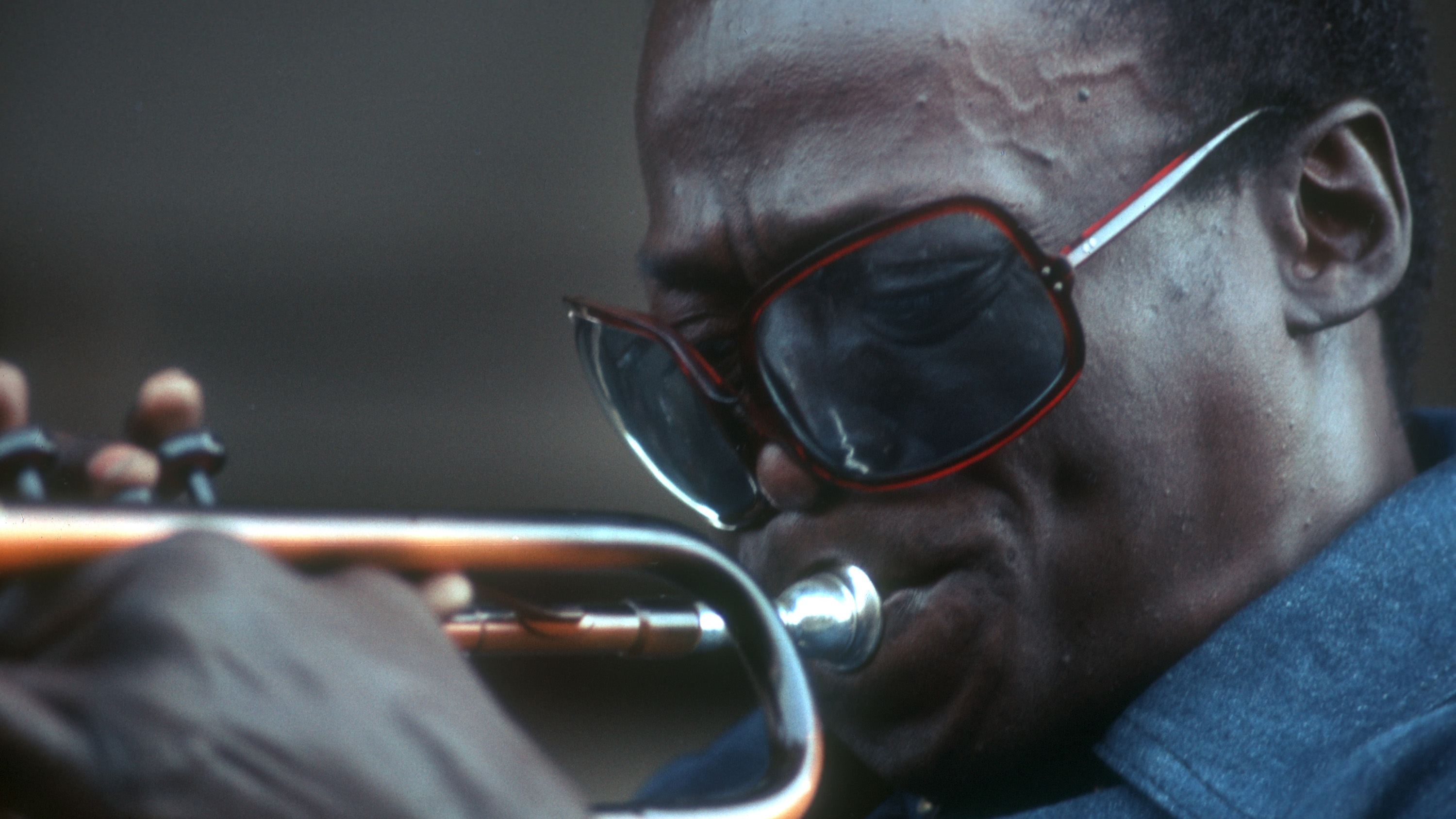“I was shaking. I had sweat pouring down my back. Miles saw me suffering and said, ‘Play it like you don’t know how to play guitar!’”: How legendary guitarist John McLaughlin survived a baptism of fire with Miles Davis
He cut his teeth with Miles on the classic In A Silent Way

John McLaughlin is of the most gifted guitar players of all time. But after a long and distinguished career, he struggles to pick his favourite record that he’s played on.
“Oh, man,” he tells MusicRadar. “That’s a hard question! Can you give me a day to think about it?
“I don’t even know how many of them I’ve made,” he laughs. “But, oh, Jesus… I have no idea. They’re all my babies, you know?”
However, after a moment’s thought, he says that his early work with legendary jazz trumpeter Miles Davis stands tall.
McLaughlin featured on a number of Davis’s most celebrated albums, including Bitches Brew (1970) and On the Corner (1972).
“I did things with Miles that are forever engraved in my memory,” McLaughlin says. “It was a time when Miles was ready for a change. Miles was really ready for that, and that’s what he did.”
McLaughlin’s favourite is the first album he made with Miles – In A Silent Way, released in 1969.
Want all the hottest music and gear news, reviews, deals, features and more, direct to your inbox? Sign up here.
For the Yorkshire-born guitarist, aged 27 at the time, the recording of that album was a baptism of fire.
“It was the first time I’d been to New York,” he recalls. “My first time in the US. And within 48 hours I was in a studio with Miles, and his drummer, Tony Williams, one of the greatest drummers of the 20th century. It was unbelievable!
“When I arrived in New York, I got a call, and Miles said, ‘Come to the studio, and bring a guitar, tomorrow…’ I was like, ‘What? I was shaking!
“You can’t know how much I revered this guy – going back to 1958, and even before that. I knew his music when he was playing hard bop, and even before then, when he was with Charlie Parker.
“I arrived in the studio and there were three keyboard players on the session – Chick Corea, Herbie Hancock and Joe Zawinul. It was all heavyweights.
“I came in and Joe looked at me and said, ‘Who are you? A guitar player? There’s another guitar player on the session.’
“I said, ‘Well, Miles invited me last night…’ Joe said, ‘Okay, listen, I’ll give you a photocopy of the piano score…’ I said, ‘Well, I don’t read piano scores. I read guitar score.’
“Anyway, Miles came in, and when we started recording In A Silent Way [the title track], he didn’t like it. We tried it a couple of times, and he still didn’t like it…
“So he looked at me and said, ‘You play it.’ I said, ‘I’ve got a piano score here…’
“I already had sweat pouring down my back, and I really wasn’t sure, but I said, ‘You want the melody?’ Miles said, ‘Yeah, I want everything.’ And I’m just sitting there, like, ‘What am I going to do?’
“There was no way I could play a piano score on the guitar. Nobody can.
“So Miles was looking at me, and maybe he saw me suffering – like every second was a month for me! And after about ten seconds passed, he said, ‘Well, play it like you don’t know how to play the guitar.’”
Miles was known for giving his fellow musicians vague direction.
“Yes!” McLaughlin nods. “This was like a very Zen call. I heard the guys say, ‘Oh, man, we never heard that one before!’
“Miles was known for these cryptic statements, but he never told anybody how to play. He just made these cryptic statements that would wipe their minds like he wiped mine.
Ans from that point, it was like, ‘Well, I’m here. I’m in a Miles Davis session. It’s do or die!’
“And with that particular tune, the melody was really simple. It’s not pentatonic, it’s just melodic. So, I abandoned the score and just played the melody in E.
“Everybody knows the chord of E on the guitar, so I played it, and all of a sudden everyone on the session comes in, and we’re just winging it!
“And there was no tempo – nothing! But Miles loved it. He loved it so much that he used it to open and close side one, which was on vinyl in those days.”
Looking back now, McLaughlin hails In A Silent Way as a seminal album – for Davis and for jazz music as a whole.
“That was a pivotal moment,” he says. “Because six months later, I was in the studio with Miles again, and we did Bitches Brew.
“I’d gotten to know Miles by then, and I’d go by his house a lot in those days. He would call up and say, ‘Come by the house, bring the guitar…’ So I got to know him.
“He was fixing to change. At that point, in ’69, the quintet that he had from the beginning of the early ’60s – the essential jazz group – had revolutionised it all.
“But he was ready for a change and was going through with that. He didn’t want to play that old music anymore.
“I’d been playing R&B and soul,” he says. “I could play a little jazz. But you can’t take the R&B out of jazz, otherwise you’ve got no more jazz left!”
So that was John McLaughlin in 1969 – the right player in the right place at the right time.
Andrew Daly is an iced-coffee-addicted, oddball Telecaster-playing, alfredo pasta-loving journalist from Long Island, NY, who, in addition to being a contributing writer for Guitar World, scribes for Rock Candy, Bass Player, Total Guitar, and Classic Rock History. Andrew has interviewed favorites like Ace Frehley, Johnny Marr, Vito Bratta, Bruce Kulick, Joe Perry, Brad Whitford, Rich Robinson, and Paul Stanley, while his all-time favorite (rhythm player), Keith Richards, continues to elude him.
You must confirm your public display name before commenting
Please logout and then login again, you will then be prompted to enter your display name.


